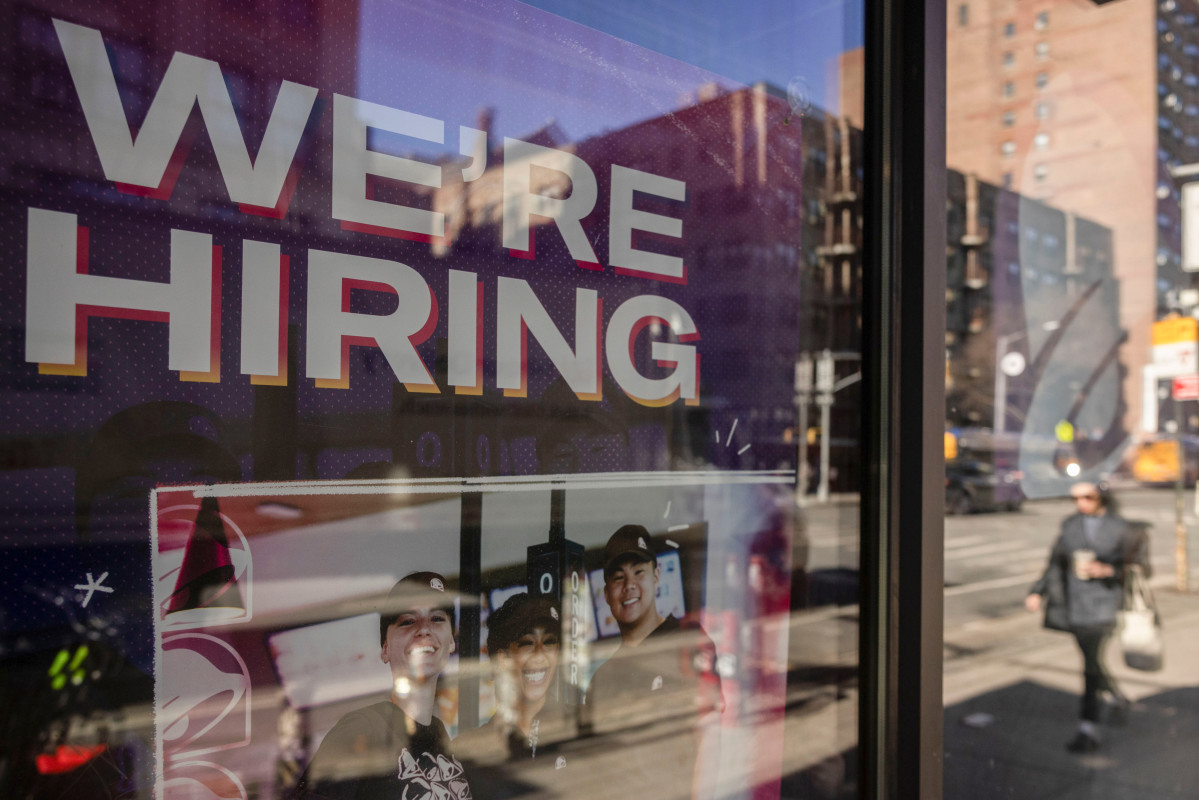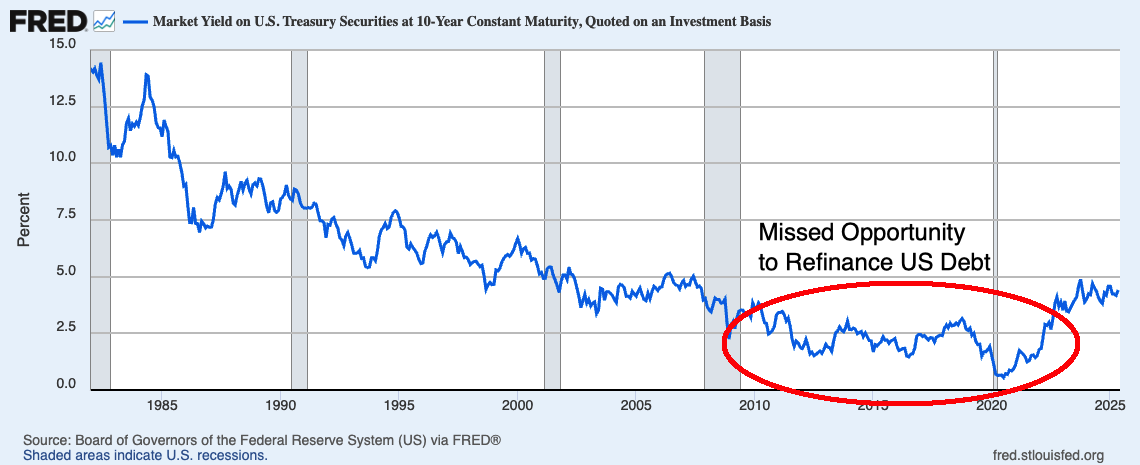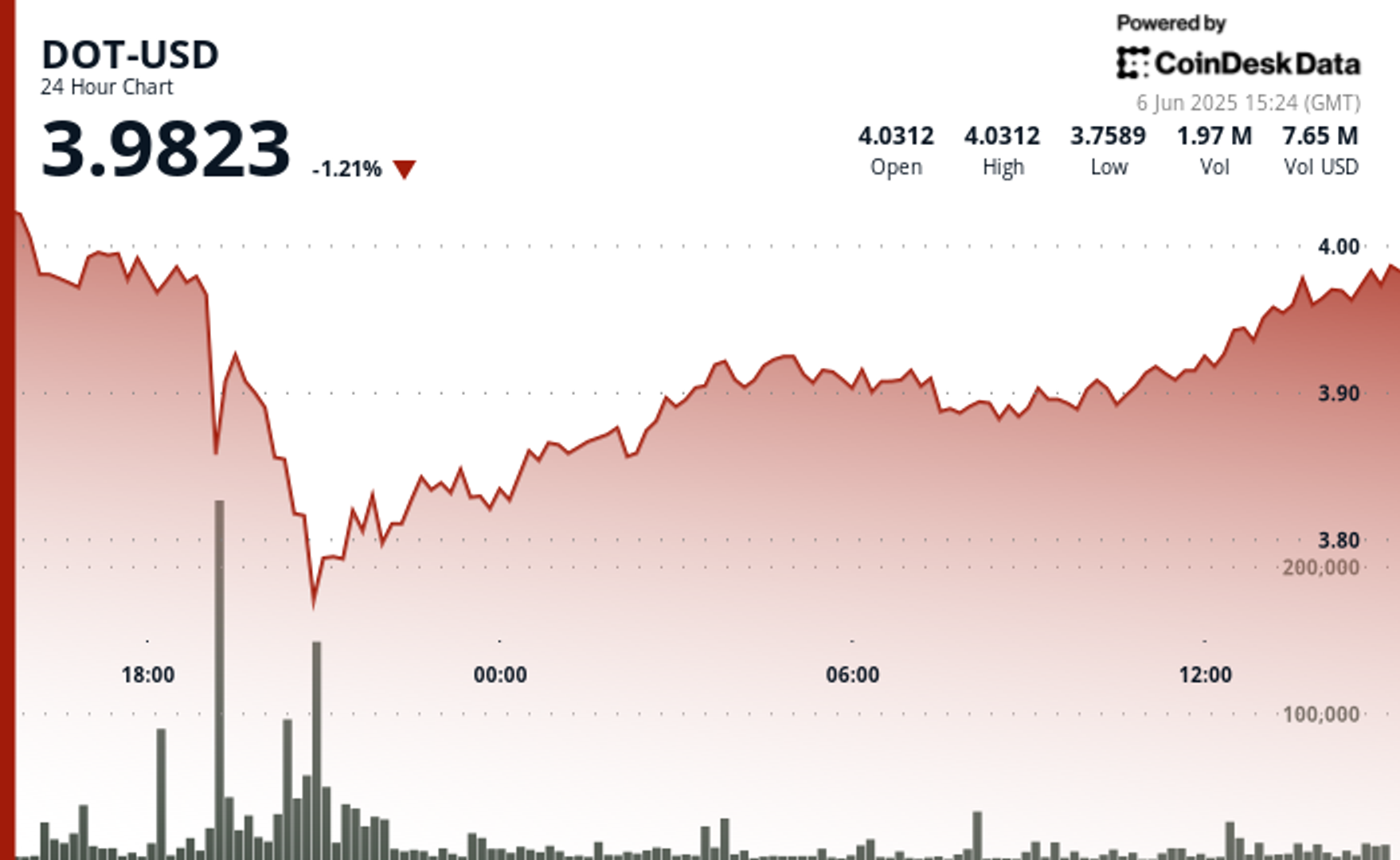Social Security vs. Inflation: Are Benefits Keeping Up Month by Month?
Millions of seniors rely on Social Security to supplement their savings and help them afford their expenses once their working life has come to an end. These benefits are designed to replace around 40% of pre-retirement income, and they are guaranteed for life, which makes them an extremely important source of funds for many, especially […] The post Social Security vs. Inflation: Are Benefits Keeping Up Month by Month? appeared first on 24/7 Wall St..

Key Points
-
Social Security’s COLA wasn’t keeping pace with inflation at the start of the year.
-
Retirees received a 2.5% Cost of Living Adjustment in 2025.
-
Benefits have lost 20% of buying power due to problems with the COLA formula.
-
Are you ahead, or behind on retirement? SmartAsset’s free tool can match you with a financial advisor in minutes to help you answer that today. Each advisor has been carefully vetted, and must act in your best interests. Don’t waste another minute; get started by clicking here.(Sponsor)
Millions of seniors rely on Social Security to supplement their savings and help them afford their expenses once their working life has come to an end. These benefits are designed to replace around 40% of pre-retirement income, and they are guaranteed for life, which makes them an extremely important source of funds for many, especially those worried about retirement savings shortfalls late in life.
Since many retirees rely on Social Security benefits for decades of retirement, it’s important to understand how those benefits keep pace with inflation. The cost of goods and services goes up over time, so Social Security benefits must increase as well. Otherwise, they would lose a substantial amount of their buying power during the course of retirement. So, the big question is — are these benefits keeping pace with inflation?
Let’s take a look at how the 2025 COLA is faring based on price changes year-over-year.
Are Social Security benefits keeping up with inflation this year?
In 2025, Social Security retirees received a 2.5% Cost of Living Adjustment. This means that their benefits are 2.5% higher this year compared to the size of the checks they received last year — although Medicare premiums rose this year and premium payments are taken directly from Social Security checks, so most seniors didn’t see their payments go up by exactly 2.5%.
Still, retirees are getting 2.5% more money this year than they did last year, even if some of that is eaten up by extra insurance costs. So, let’s see how that compares to the inflation that Americans are experiencing this year. So far in 2025, here’s what the inflation rate has been this year, according to CPI-U data from the Bureau of Labor Statistics. CPI-U is the Consumer Price Index for All Urban Consumers.
- January 2025: 3.0%
- February 2025: 2.8%
- March 2025: 2.4%
- April 2025: 2.3%
This reflects year-over-year price increases, so that means that in April of 2025, the cost of goods and services was up 2.3% compared with April of 2024.
Since retirees got a 2.5% COLA in 2025, that means their checks are 2.5% higher this year than they were last year, which is more than the CPI-U increase from April 2024 to April 2025 — but, earlier in the year, it looked like prices might be going up more than the benefits increase seniors received.
COLAs are not calculated based on CPI-U, but instead based on the Consumer Price Index for Urban Wage Earners and Clerical Workers (CPI-W), which measures price increases on a slightly different basket of goods and services. So, it’s also worth taking a look at how much the COLA for this year has compared with how much this price index shows prices are up year over year. Here’s how the CPI-W numbers look.
- January: 3.00%
- February: 2.7%
- March: 2.2%
- April: 2.1%
While these numbers are similar to CPI-U and show inflation trending downward, there are slight differences. When next year’s COLA is calculated, it is the CPI-W data that will be used to determine the amount of the 2026 benefits bump.
COLAs are based on last year’s CPI-W data — and may not be keeping pace with inflation

While COLAs should help seniors ensure their Social Security check continues to allow them to live the same lifestyle year after year despite price increases, there are unfortunately several problems with the COLA formula, so that doesn’t always happen.
One issue is that the formula calculates the Cost of Living Adjustment based on third-quarter data. The COLA equals an average of the amount that CPI-W data shows prices went up in July, August, and September. The issue is that inflation can surge after those relevant months. If that happens, the raise will have already been calculated for the year, and retirees may have less money coming in than they need for many months as they cope with rapid price increases before another raise is applied.
There’s also a bigger long-term problem. Since the CPI data used to calculate COLAs is based on the Consumer Price Index for Urban Wage Earners and Clerical Workers, the basket of goods and services it measures is targeted to their spending levels. Seniors have different spending habits, typically devoting a large portion of their income to things that often experience price increases that far outpace normal inflation rates (like healthcare).
The consequences of this can be dire, with the Senior Citizens League reporting that Social Security benefits have lost around 20% of their buying power since 2010. As benefits slowly erode their real value over time, retirees are often left struggling to cover the shortfall. This is why many seniors benefit from working with a financial advisor on their budgeting process, as well as to understand how much income they can generate at a safe withdrawal rate from savings.
Life can be especially difficult late in retirement for seniors who may have a dwindling savings account and who may be coping with Social Security benefits that buy far less than they did in the past. Being prepared financially for retirement and adjusting spending as needed when benefits fall short can be crucial to have the necessary resources to get through these late retirement years.
The post Social Security vs. Inflation: Are Benefits Keeping Up Month by Month? appeared first on 24/7 Wall St..
















































































































































































